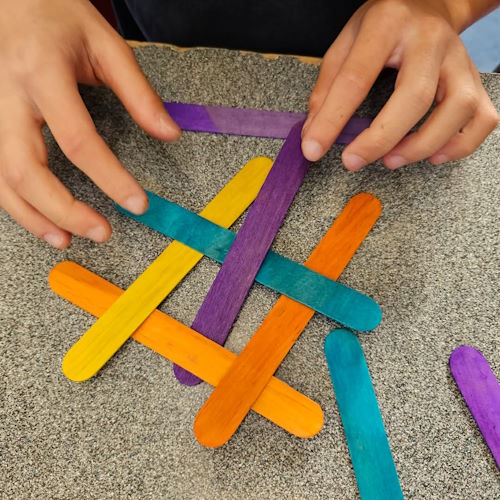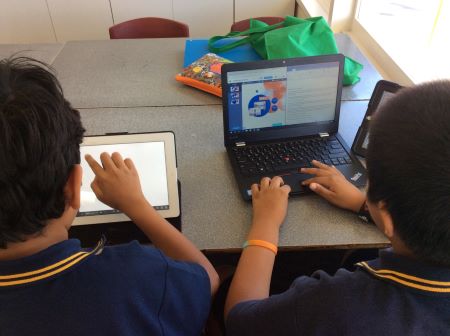2025 enrolments are now open. Enquiries welcome 9560 6371. Book a tour or Enrol now.

STEM

STEM is an educational approach that incorporates the five areas of Science, Technology, Engineering, Arts and Mathematics. It focuses on problem-solving, critical and creative thinking and inquiry skills. As well as being incorporated into classroom learning, STEM is taught as a specialist subject,1 hour per week, to all students from Foundation to Grade 6. Students also have the opportunity to participate in weekly STEM Club activities run at lunchtime by our Year 6 STEM Captains.
At GWSPS, STEM learning focuses on the Digital Technology and Design and Technologies components of the Victorian Curriculum.
Digital Technologies
Digital Technologies is taught explicitly in the classroom, enabling students to develop their understanding of Digital Systems, Data and Information and Creating Digital Solutions.
Design & Technologies
STEM specialist classes focus on the Design and Technologies curriculum. Students create designed solutions following the design process. They consider the economic, environmental and social impacts of technological change and how the choice and use of technologies may contribute to a sustainable future. Students learn about materials and food and fibre production.
Food Tech
As part of the STEM program, all classes across the school participate in Food Tech learning tasks across the year. Our new purpose built Food Tech room opens out to garden beds which allow students to follow the journey of the food they use from garden to plate.
Technology Resources at GWSPS

The use of technology resources at GWSPS is integrated into all areas of the curriculum. We have invested in more mobile devices which allow for greater flexibility in how technology is used in our classrooms.
We understand that when children learn about and have access to digital technologies, we have a responsibility to teach them how to use them correctly and how to stay safe whilst using them. Therefore, our Digital Technologies program has a strong emphasis on cybersafety. Students are explicitly taught the skills they need to keep themselves and others safe online. This includes learning about what information is okay to share online and cyberbullying, as we are an eSmart School.
We provide access to:
- iPads
- Smart TVs
- Netbooks/Chromebooks
Students from Foundation to Level 6 have access to banks of netbooks and iPads which are used regularly in engaging learning activities both in and out of the classroom. Like all learning tools, the device is not used exclusively to complete learning tasks. It does not replace the tools we already use such as books, pens, paper, netbooks and desktop computers; These devices are companion devices. It is the perfect tool to help students expand their learning experience by providing them with an instant gateway to a multitude of resources. They also allow students to document and reflect on their learning in a range of exciting ways.
Students and classes across the school use a number of educational programs and websites on a regular basis. These include:
- Google Apps for Education for the administration of homework, sharing resources related to learning and communicating with teachers.
- Mathletics and Reading Eggs are subscribed by the school for students to use in class and at home to develop their skills in Mathematics and English.
